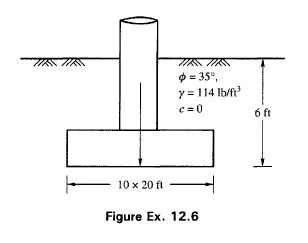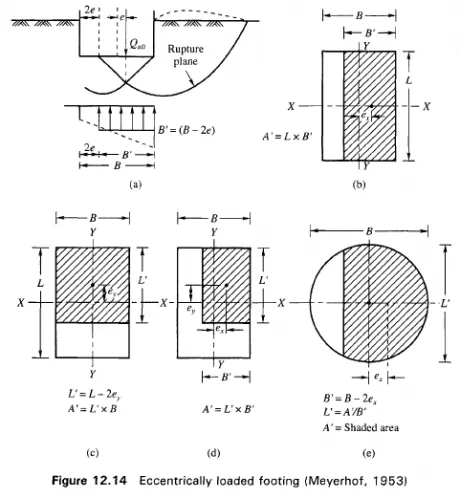Skempton (1986) conducted an extensive review about the impact of some key factors on efficiency of SPT tests. The review provides the
Values of hammer efficiency for four typical methods of releasing the hammer
Values of rod energy ratio, which is defined as the ratio of the actual hammer energy to sampler and the input (free-fall) energy
Correction factor of less than unity for a rod length less than 10 m, as a result of loss in delivered energy
Tentative correction factors of 1.05 and 1.15 for 150 mm and 200 mm boreholes, respectively, as lower N values are normally gained using the boreholes than those from 115 mm boreholes
Impact of overburden stress associated with sand density
In particular, the energy ratio is equal to 0.3 to 1.0 (Kovacs and Salmone 1982; Riggs 1983). A standard rod energy ratio of 60% is recommended to normalize all measured blow account N values, by simple proportion of energy ratios, to this standard, and the normalized values are denoted as N60. Note standard penetration resistance is sometimes normalized to a rod energy ratio of 70% (Er70 = 70). The associated standard below counts of N70 (the subscript of 70 refers to Er70 = 70) is estimated using Er70N70 Er60N60 = . The blow counts, N60 of SPT data using the energy E60 is equal to another blow counts, N70, of the energy E70. For instance, given N70 = 20, the value of N60 with Er60 = 60 is calculated as 23.3. The efficiency, the ratio, and correction factors may be multiplied directly with a measured blow count N to gain a corrected N value, as detailed next.


